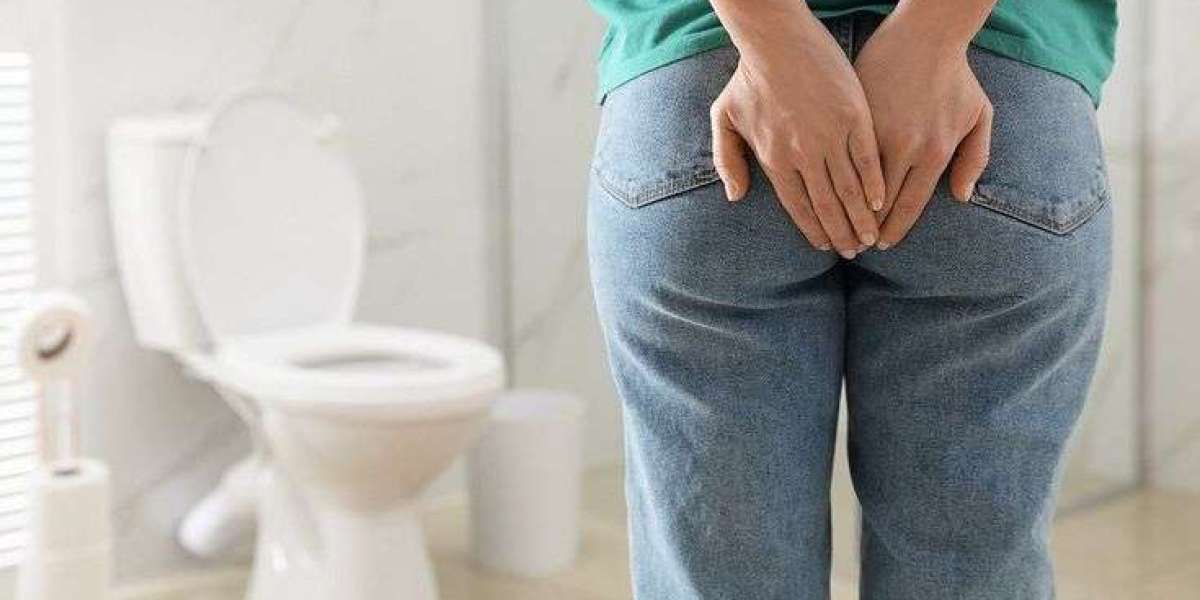Tyres are a critical safety component of any vehicle, whether it's a personal car, a commercial truck, or a fleet vehicle. Unfortunately, many drivers underestimate the importance of proper tyre maintenance until it's too late. A damaged or improperly repaired tyre can lead to poor fuel efficiency, loss of control, and even catastrophic blowouts.
Being proactive about tyres repair helps prevent emergencies, extends the life of your tyres, and saves money over time. This article is designed to equip drivers with essential knowledge about identifying damage, repair options, and when it's time to replace a tyre entirely.
Experienced professionals at Tri-County Diesel LLC emphasize that tyre maintenance isn’t just about patching flats—it’s about ensuring roadworthiness and vehicle performance through proper diagnostics, safe repair techniques, and long-term care.
Common Causes of Tyre Damage
Before diving into repair methods, it's important to understand what causes tyres to fail in the first place.
Punctures and Foreign Objects
One of the most frequent tyre issues is a puncture caused by nails, glass, or sharp debris. These punctures often occur in the tread area and can usually be fixed if addressed quickly.
Impact Damage
Hitting potholes, curbs, or other road hazards can cause sidewall bulges or internal belt separation—conditions that often make tyres repair unsafe or unadvisable.
Over or Under-Inflation
Incorrect air pressure leads to uneven tread wear. Overinflated tyres may wear out in the center, while underinflated tyres wear along the edges and can overheat, increasing the risk of blowouts.
Age and Dry Rot
Even if tyres have sufficient tread, aging rubber becomes brittle and prone to cracking. Tyres over six years old should be inspected closely, and often replacement is the safer option.
How to Detect Tyre Problems Early
Preventative tyre care starts with keen observation and regular maintenance. Here are key warning signs that indicate a need for professional attention:
Visible cuts, cracks, or bulges on the sidewall
Rapid or uneven tread wear
Air pressure loss over time
A noticeable vibration while driving
Warning lights from tyre pressure monitoring systems (TPMS)
Screeching noises when braking or cornering
Routine inspections, especially before long-distance travel, can prevent sudden tyre failures and ensure your vehicle handles as expected.
Types of Tyres Repair Methods
Plug Repairs
Plugging is a quick fix suitable for small punctures in the tread area. A rubber plug is inserted from the outside, sealing the hole and restoring pressure.
Patch Repairs
More comprehensive than a plug, a patch involves removing the tyre from the rim and applying a rubberized patch on the inside. This method ensures a stronger and longer-lasting seal.
Combination (Plug-Patch)
This is the most reliable method, combining both internal patching and external plugging. It provides maximum sealing power and is often used in professional garages.
Radial Patch for Commercial Tires
Heavy-duty commercial or fleet tyres may require a radial patch to maintain the strength and structure of the tyre casing. This method is ideal for larger punctures or heavy loads.
It’s important to note that sidewall damage, large holes, or damage near the shoulder of the tyre typically cannot be repaired safely and may require full replacement.
When Is Tyres Repair Not Safe?
Not all tyre damage is repairable. The following conditions often necessitate replacement:
Punctures larger than ¼ inch (6mm) in diameter
Multiple punctures close to each other
Damage on the sidewall or shoulder
Tires that have been driven flat for an extended period
Severe tread separation or visible steel belts
A professional technician can assess whether the structural integrity of the tyre has been compromised and determine the safest course of action.
Best Practices for Tyre Maintenance
Proper tyre maintenance reduces the frequency of tyres repair and keeps your vehicle performing at its best.
Maintain Proper Air Pressure
Check tyre pressure monthly and before long trips. Use a reliable gauge and inflate tyres according to the manufacturer’s recommendation (often listed on the driver’s door).
Rotate Tyres Regularly
Rotating tyres every 5,000–8,000 miles promotes even tread wear and extends tyre life.
Monitor Tread Depth
Use a tread depth gauge or the penny test. If tread is less than 2/32 of an inch, it's time to replace the tyre.
Schedule Wheel Alignment
Improper alignment causes uneven wear, reducing the effectiveness of even a newly repaired tyre.
Role of Professionals in Tyres Repair
While some DIY tyre fixes exist, professional repair ensures proper sealing, balance, and inspection of internal damage. Using industry-grade equipment, technicians can identify flaws the average driver might miss.
Professional facilities also follow established standards (like those from the Tire Industry Association), which outline when a repair is considered safe or not.
Conclusion
Tyres are your first line of defense on the road, and even minor damage can compromise safety if not properly addressed. Understanding the fundamentals of tyres repair allows you to recognize potential issues early, seek professional help, and make informed decisions about repair vs. replacement.
By paying attention to warning signs, practicing proper maintenance, and consulting with professionals like those at Tri-County Diesel LLC, drivers can extend the life of their tyres, reduce costs, and stay safer on the road.
Tyre care isn’t just a task—it’s a responsibility. With the right approach and regular attention, you can keep your vehicle rolling smoothly, no matter the distance.
FAQs
Can I drive on a flat tyre for a short distance to get it repaired?
No. Even a short distance can cause internal damage or ruin the sidewall, making the tyre irreparable.
Is tyre sealant a good alternative to professional repair?
Sealants are temporary fixes. They can interfere with professional repairs and often void warranties. Only use them in emergencies.
Can I repair run-flat tyres?
Some can be repaired if damage is minimal, but many manufacturers recommend replacement due to sidewall rigidity and heat exposure.








